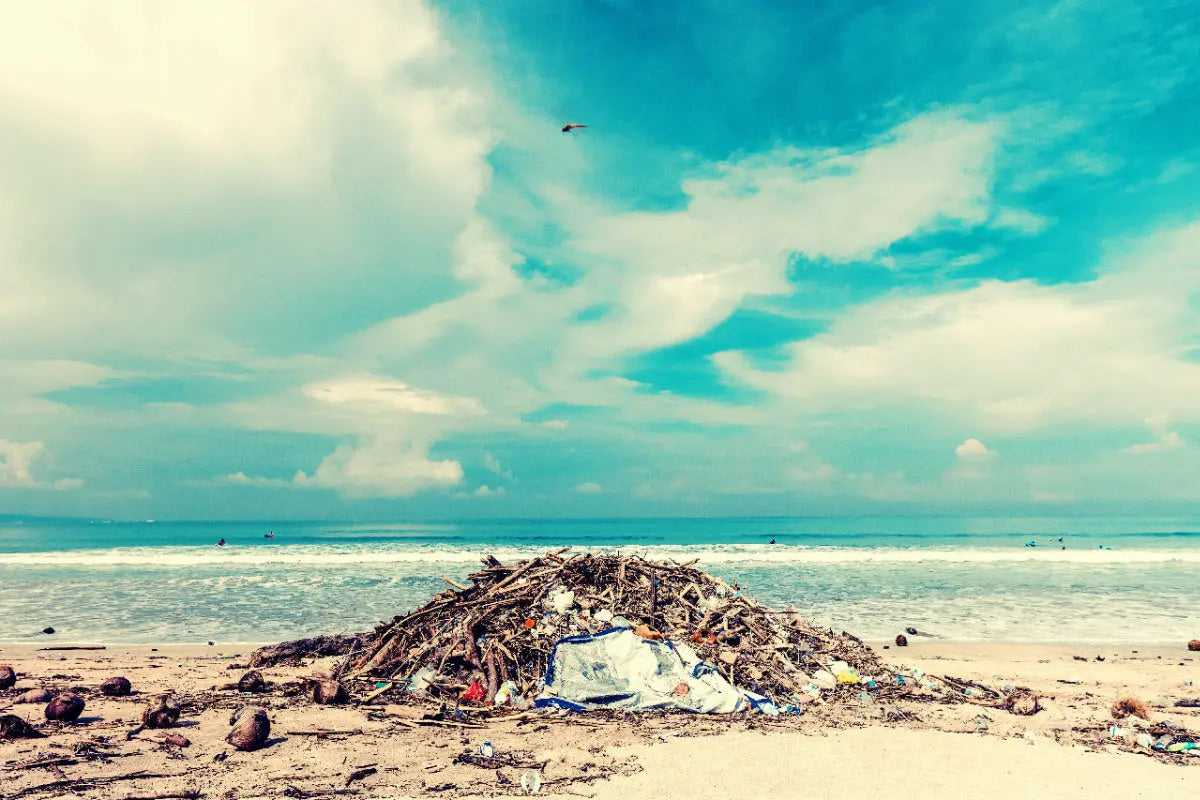Calculating the Yearly Impact of a Plastic-Free Fishing Industry
The fishing industry is at a crossroads. While the ocean continues to absorb the cost of mass production and poor packaging practices, plastic-free fishing is quickly becoming a critical solution — not just for sustainability, but for survival.
Each year, the global fishing sector generates hundreds of thousands of tons of plastic waste. From throwaway packaging to lost gear, plastic continues to pollute our oceans and harm marine life. And while eco-conscious anglers are demanding change, many large brands still rely on plastic because it’s cheap and profitable.
At Wise Angler, we believe plastic-free fishing isn’t just possible — it’s essential. By adopting compostable packaging, reducing single-use materials, and rethinking delivery systems, we’re proving that circular solutions can work in real-world retail.
How Much Plastic Waste Comes from Fishing?
The commercial and recreational fishing industry is responsible for an estimated 640,000 tons of plastic waste every year, including:
-
Discarded fishing gear such as nets, lines, and traps
-
Single-use plastic packaging for lures, bait, and terminal tackle
-
Onboard consumables such as bags, wraps, and gloves
This waste lingers for hundreds of years, threatening marine life and leaching harmful chemicals into the water column. While consumers and communities clean up the mess, many major brands continue with business as usual — using virgin plastic to reduce costs and maximize output.
The Impact of a Plastic-Driven Industry
The damage caused by plastic-heavy fishing practices includes:
-
Marine animal deaths from entanglement and ingestion
-
Microplastic pollution that contaminates seafood and drinking water
-
Degradation of marine habitats, including coral reefs and spawning grounds
-
Long-term risks to human health from the bioaccumulation of toxins
-
Massive cleanup costs shifted to governments and coastal communities
This is not sustainable. It is profit at the expense of biodiversity, food security, and future generations.
What Would Happen if the Industry Went Plastic-Free?
If global fishing brands embraced plastic-free, circular systems, the results could be transformative:
-
A 640,000+ ton annual reduction in ocean-bound plastic
-
Vastly reduced risk to endangered marine species
-
Healthier coastal ecosystems and cleaner beaches
-
Less microplastic contamination in the global food supply
-
A new era of responsible recreational and commercial fishing
But instead of leading the way, many dominant brands continue to stall. The cost of switching to sustainable packaging is seen as a liability — even when the environmental toll is undeniable.
Wise Angler’s Circular Alternative
Wise Angler exists to change that narrative. We’re not just removing plastic from our packaging — we’ve rebuilt our entire system to avoid it at every stage.
-
Our certified compostable packaging (AS 4736, OK Compost, DIN) is made to return to nature
-
We operate plastic-free delivery to retailers, with no shrink wrap or bubble mailers
-
Every aspect of our supply chain is built with minimal impact in mind, from design to disposal
-
We do this not because it’s easy — but because it’s right
While others profit from pollution, we believe in building a product lifecycle that leaves the ocean better than we found it.
The Future is Circular
The fishing industry needs to move fast — and it needs leaders willing to break from old habits. At Wise Angler, we’ve shown that circular systems are not only possible — they’re better. Better for the environment, for communities, and for the long-term health of our sport.
Large-scale change starts with individual choices. Retailers, anglers, and distributors all play a role in shaping what gets stocked, sold, and left behind.
Start asking the hard questions:
Why are we still supporting plastic-heavy brands?
What will the next generation of anglers inherit?
If the answer matters to you, we invite you to choose better.

